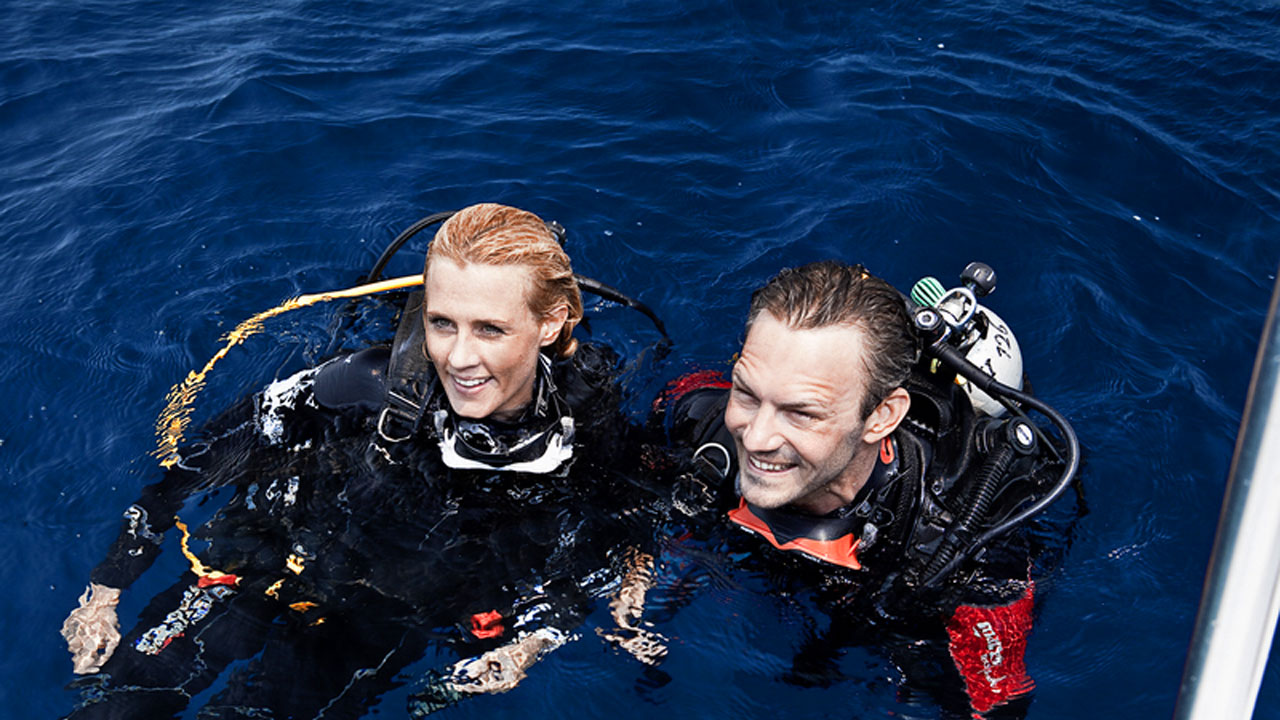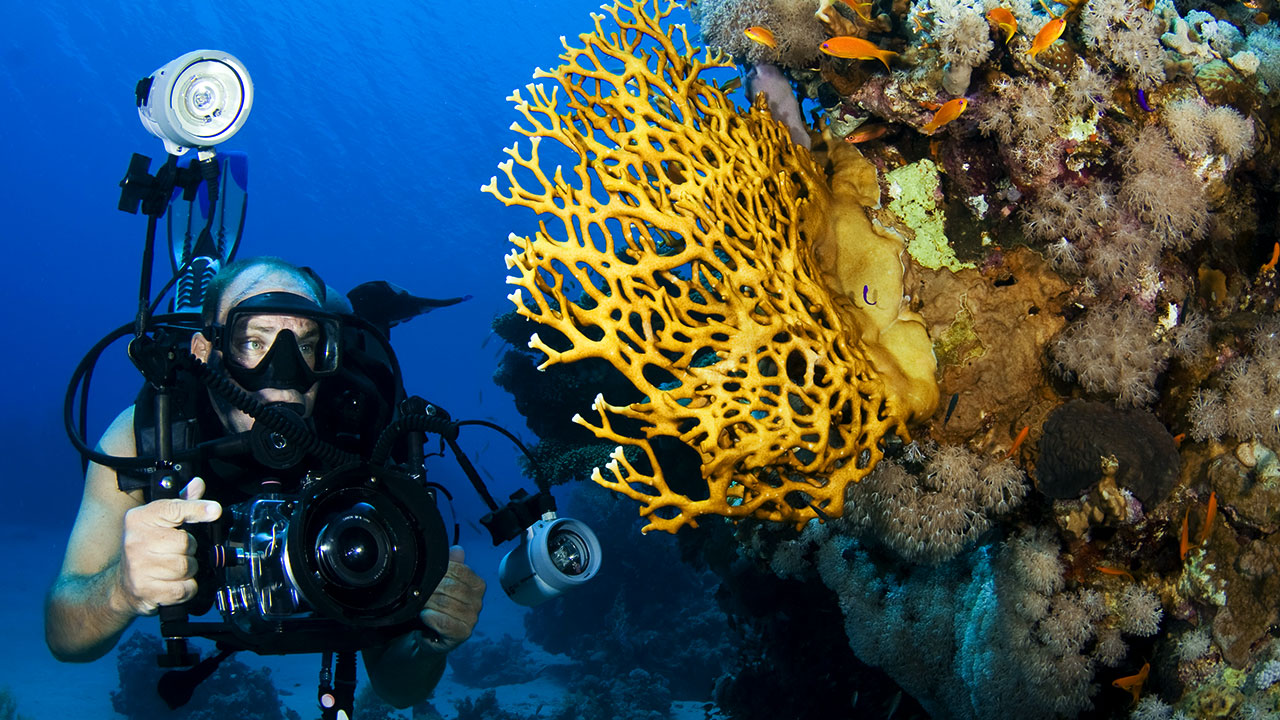Ice Diving Course
As I sit here and write this, Buffalo just got hit with another lake effect snowstorm. Divers around WNY are searching for ways to get in and dive but most are prepared to head south for that to happen. I, on the other hand, start looking forward to the Freezing temperatures that January is sure to bring, sure I complain about it being cold but I also realize that the colder it is the better for ice formation over our local quarry, which means as long as there is ice we can ICE Dive.
First, let me say this if you are not trained in proper ice diving techniques you should not say I am going to go out and do this with some friends. Ice diving is one of the more challenging aspects of diving and is not for the untrained. It all starts with learning the proper techniques and proper procedures for conducting an ice dive.
Like I said ice diving starts with a course, Dip 'N Dive chooses to run its ice diving course with SDI (Scuba Diving International), SDI is the recreational side of TDI (Technical Divers International). The first part of the course is a lecture session, usually about 3 hours long, in the lecture a diver will learn things like site preparation, site setup, diving procedures, jobs for those at the surface, line signals and much more.
The next part is the fun part, the actual ice diving portion. Divers descend on Windmill Quarry for a day they will never forget. Once everyone has gathered a scout is chosen, the scout's job is to head out onto the ice to make sure it is thick enough, think of this job as the ice thickness testing guinea pig. Once it is determined that the ice is thick enough the group starts the trek of moving all equipment needed for the dive. They take chainsaws, axes, saws, ropes, pallets, tarps and much much more. Once all equipment is brought onto the ice the hole is cut. After all the preparations are finished all equipment not needed is moved back to land. Divers then prepare to head into the water.
Before a team of divers can go into the water there is a lot that must be set on the surface, first the divers are tied to a line, the line is held at the surface by a tender, a set of safety divers tied to their own line with their own tender must be ready to go in if needed, someone has to be running the dive activities at all times, anyone not assigned a specific task at this point is designated a "gofer", meaning if someone assigned to a certain task needs something the go for it. Once dives have finished their dive they can head to the changing room to get out of their wet suits, yeah i said wet suits, most divers that take the course are in a wet suit and are actually warmer than if they did a cold deep dive in it, due to the fact there is less compression of the suit while ice diving.
Once every dive team has finished their dive the group breaks for lunch, it provides the body fuel, divers participating in the course can burn a lot of calories on the day, the first time I took the course I fell asleep on the living room floor that night, I was pooped.
Once everyone has finished it is time to head back to the ice hole for the second and last dive of the day after everyone has finished the ice diving site is packed away, a group photo is taken and the wait begins for next years course.
Have A Happy New Year
Alex




